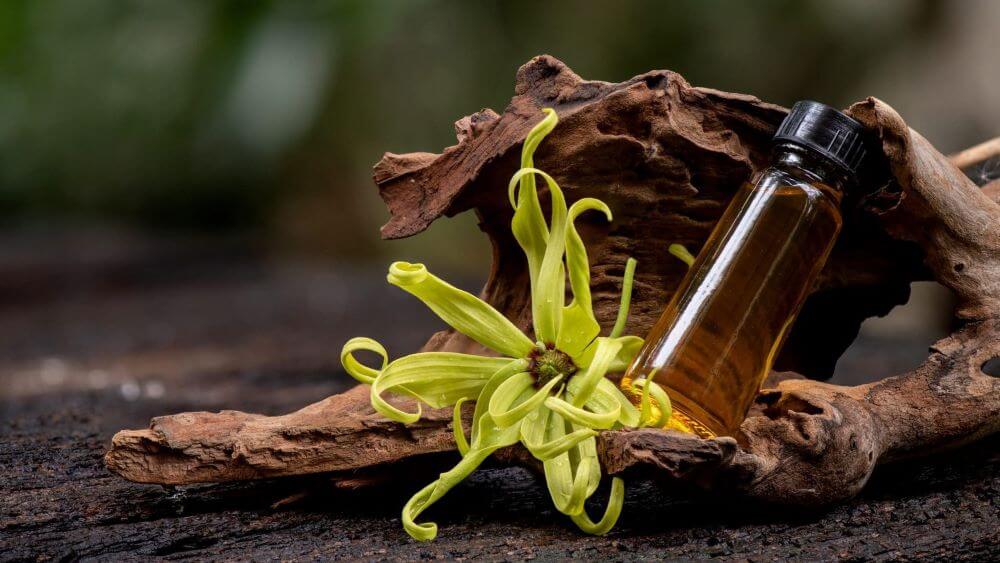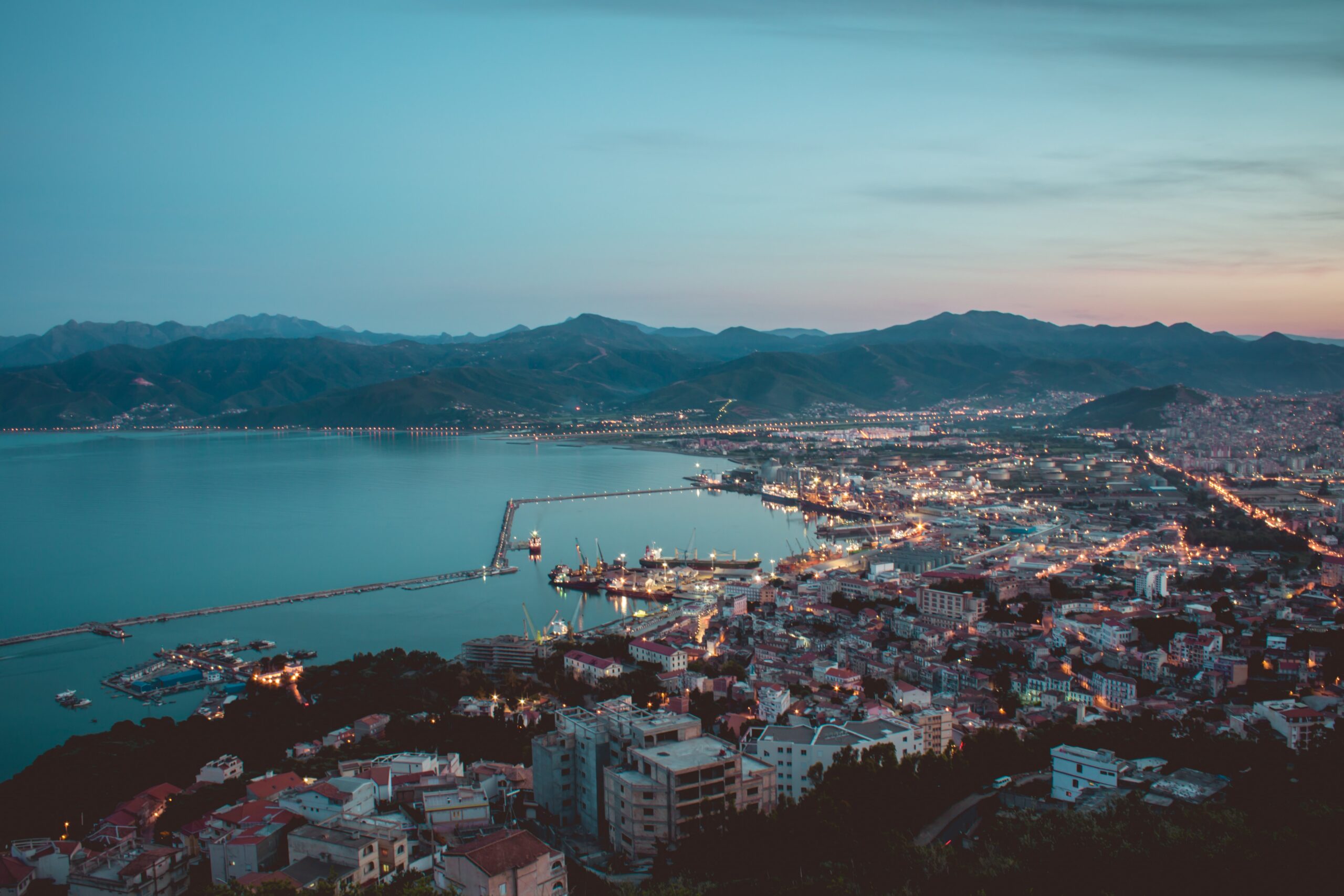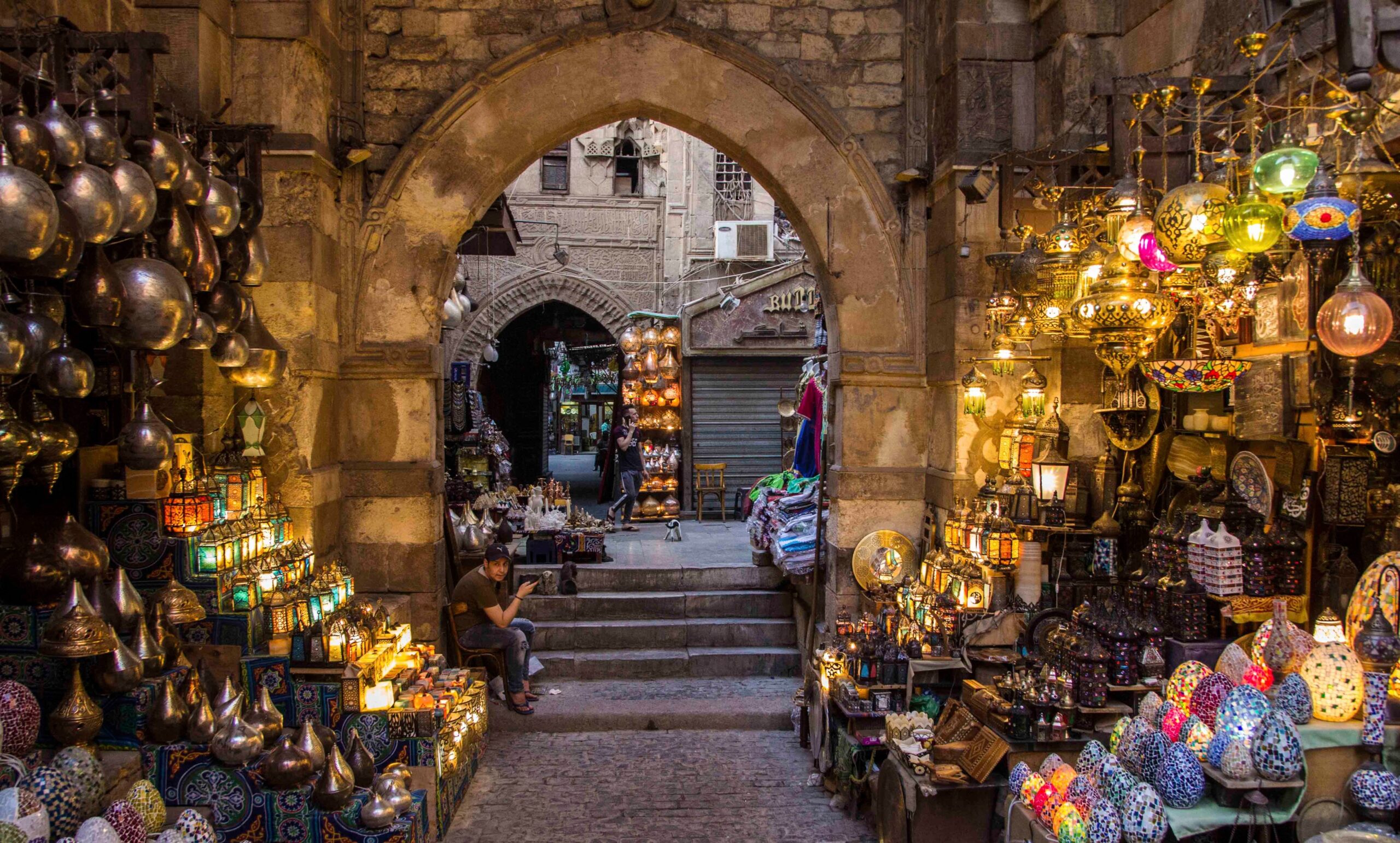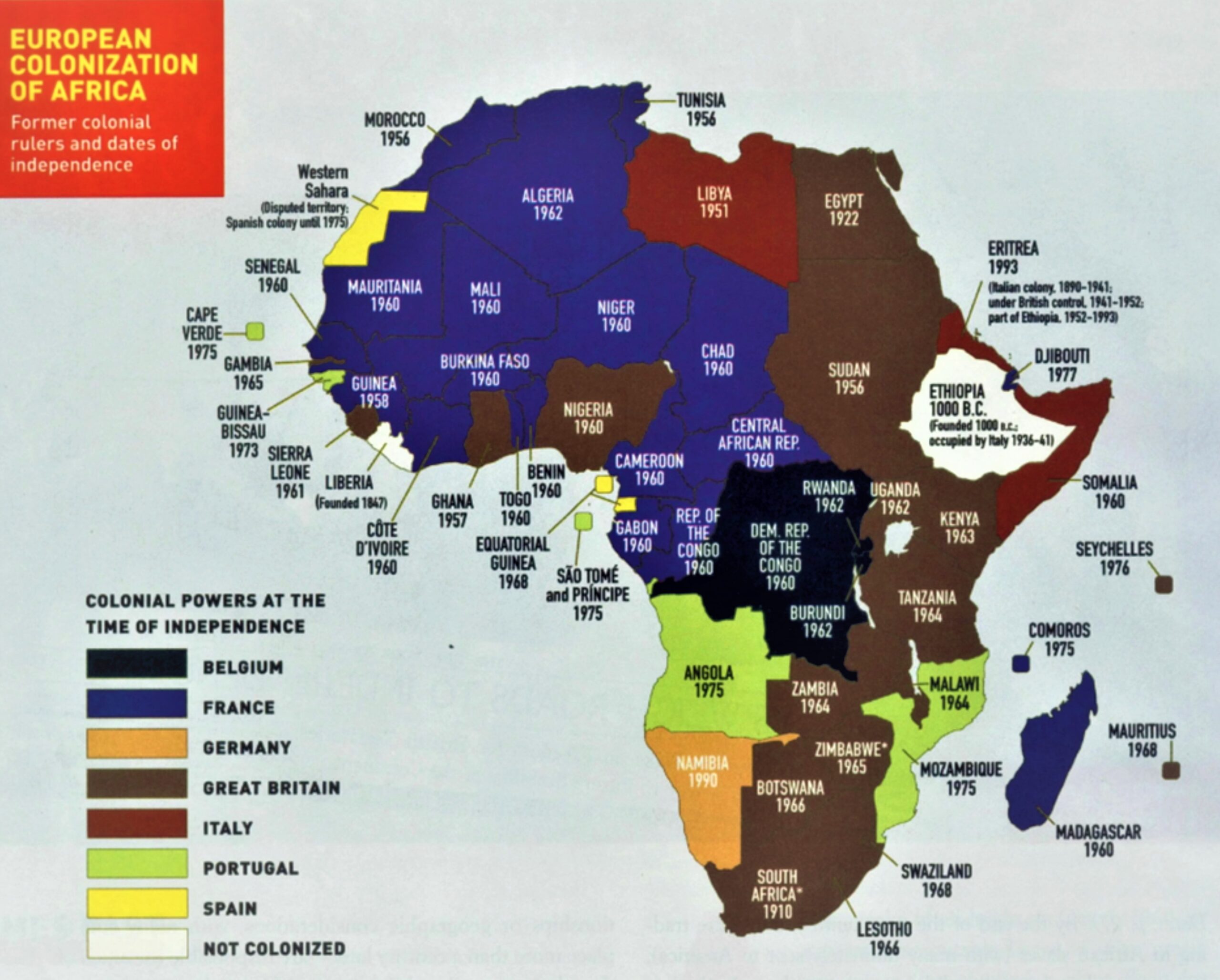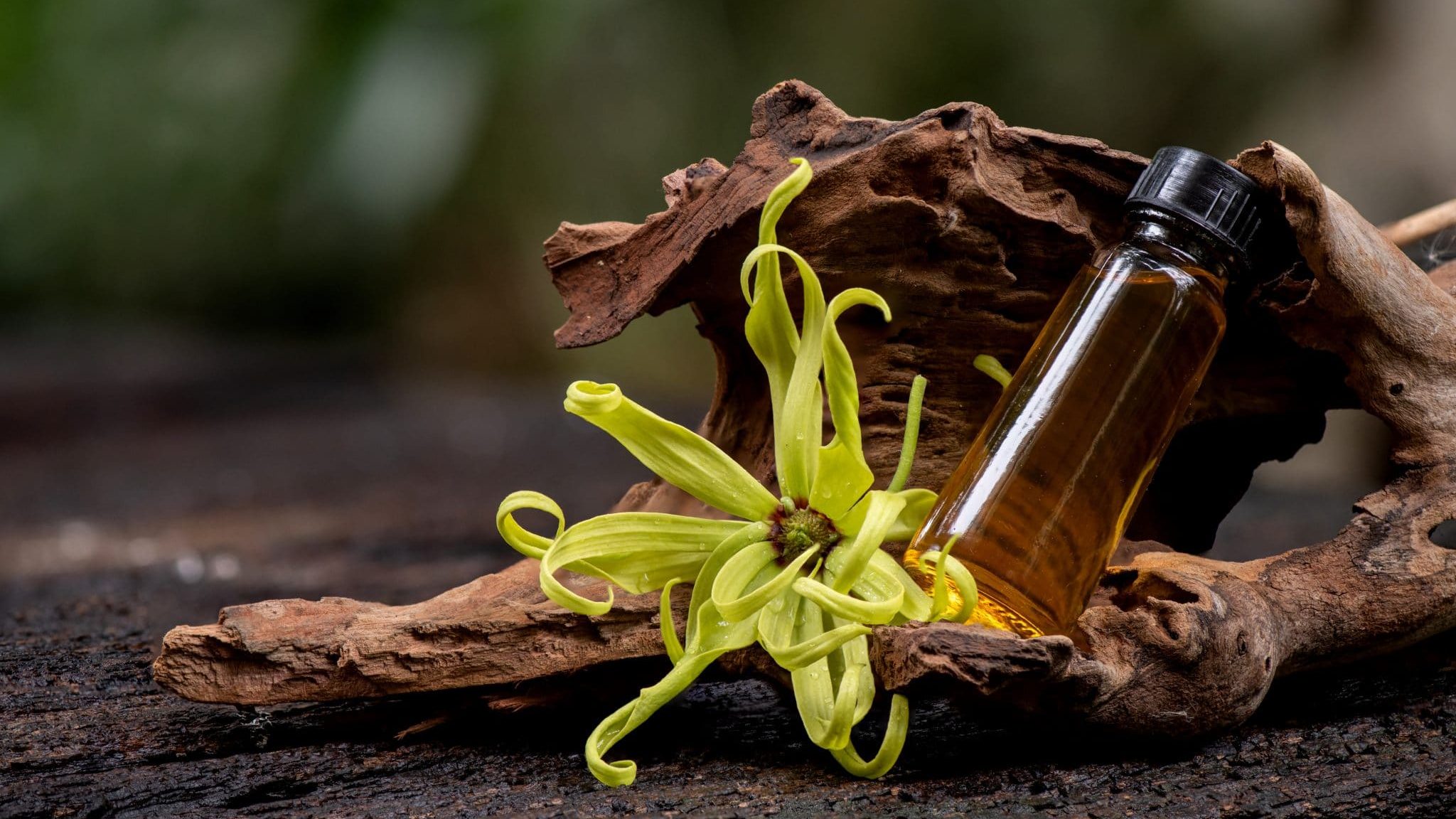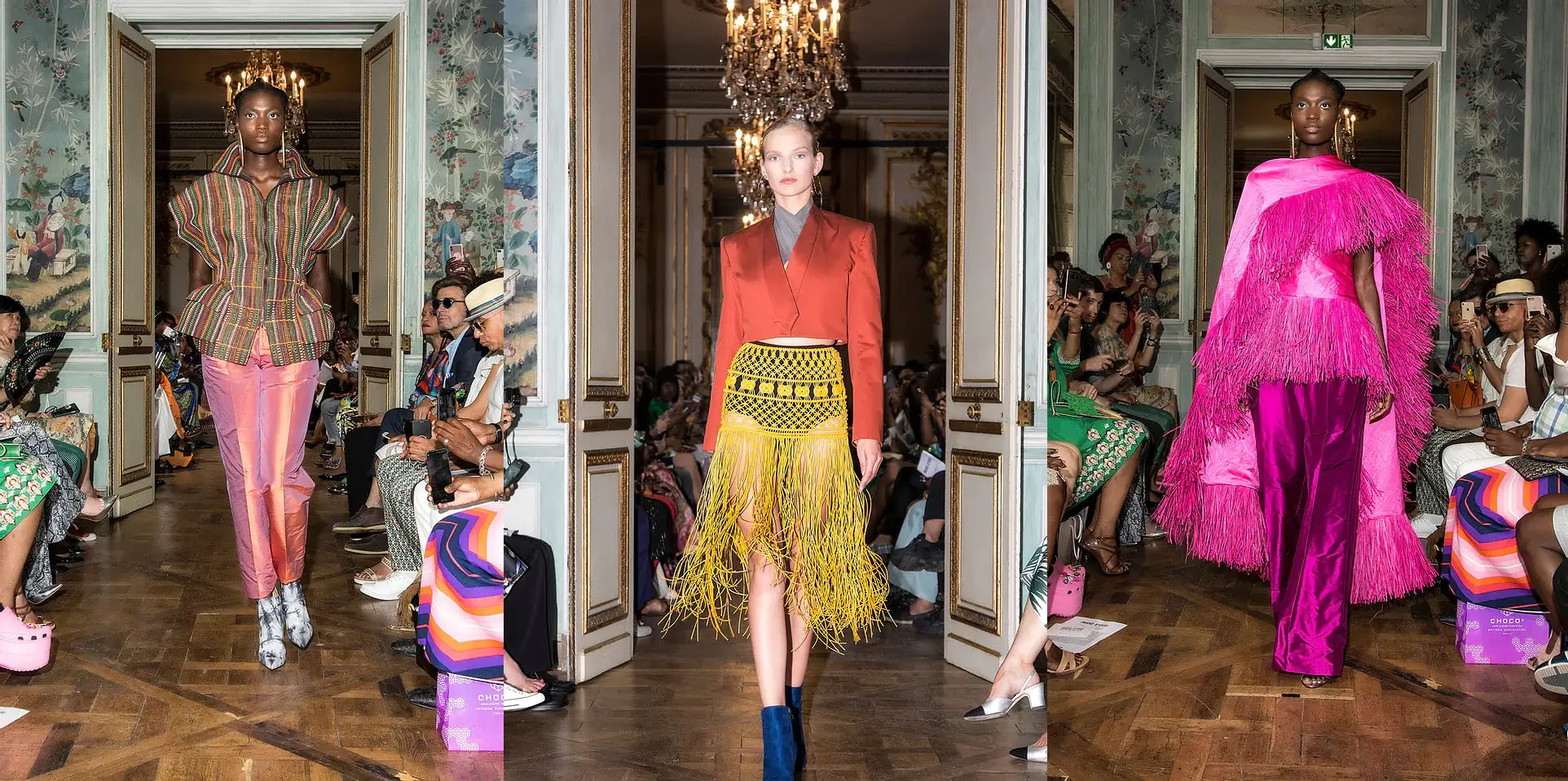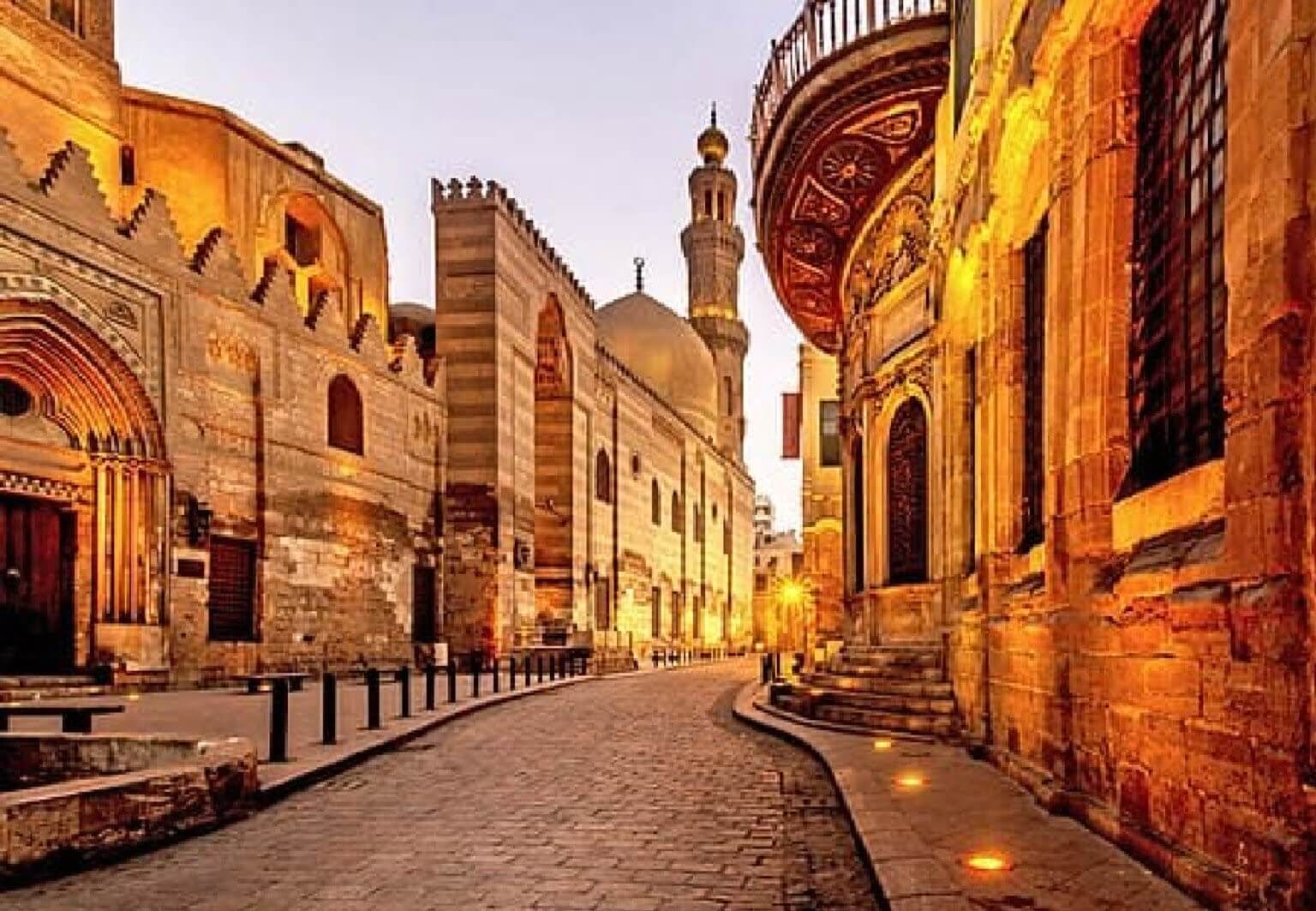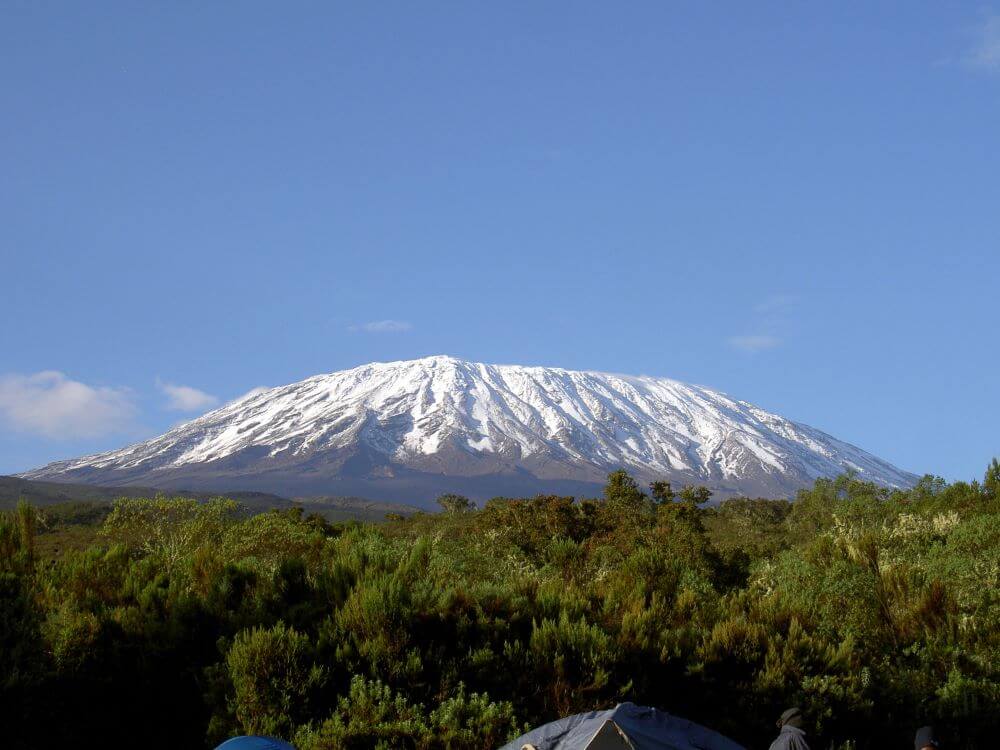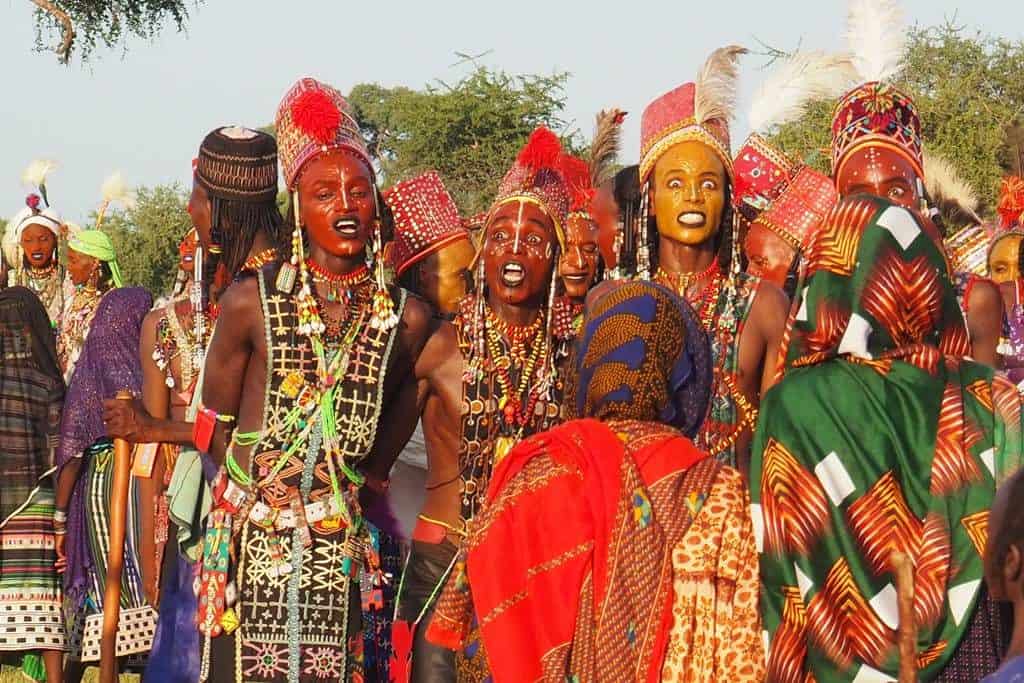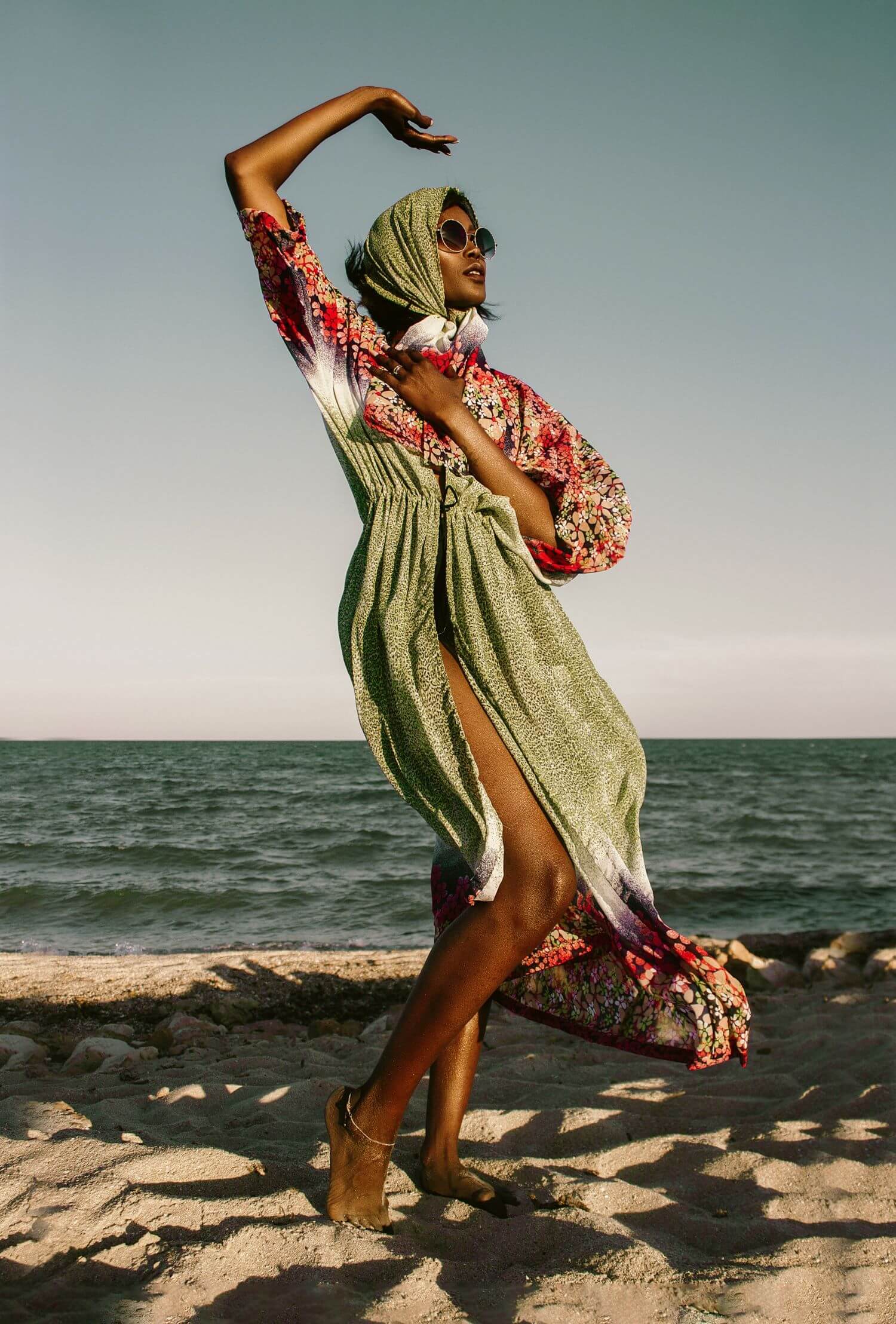Inhale… you are in the home of the ylang-ylang, the flowers that give the world’s most alluring perfumes their discriminating fragrance, including the renowned Chanel No. 5. Among the botanical medley of banana, mango, cassava, and peanut plants on the lush parcel of land on the northern coast of Anjouan in the Comoros is the ylang-ylang – a slender tree that blossoms with delicate yellow flowers.

Highly sought after for the essential oil used in prestige perfumery such as Chanel No. 5, “it (the oil) is a complex chemical, violent and strong” that “enhances the high-quality ingredients,” said Jean Kerléo, a former perfumer at Jean Patou and creator of the world’s largest scent archive, the Osmotheque at Versailles, France. “It pairs well with jasmine and is complementary. It’s used a lot in floral perfumes, where it is the base product in the bouquet. I myself used it in ‘Sublime’ for Patou, which I created in 1992 and which still exists,” he adds.

Anjouan is home to 350 perfume distilleries. Exports of ylang-ylang essential oil amounted to about 1.5 million euros (US $1.6 million) in 2013 and 2014, representing 11 percent of Comoros’ revenue. This tree is grown somewhat like a vine and requires constant maintenance.
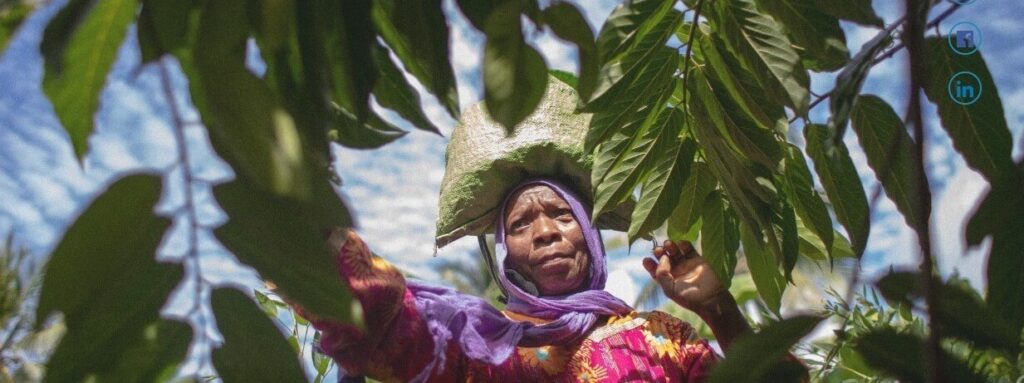
Part of a newly established ylang-ylang cooperative in Comoros, Djamilia Alaoui is one of approximately 250 female ylang-ylang pickers, 50 planters, and 47 male distillers that are now co-op contributors. The three islands that make up Comoros are flush with ylang-ylang plantings and dotted with nearby home-owned distilleries: the flowers must be transformed into oil quickly following harvest. With the cooperative, Djamilia’s efforts are now directly connected to those of the distillers, and a new set of equipment sits at the edge of the ylang-ylang fields where she makes quick work of any flowers emanating a sweet scent.
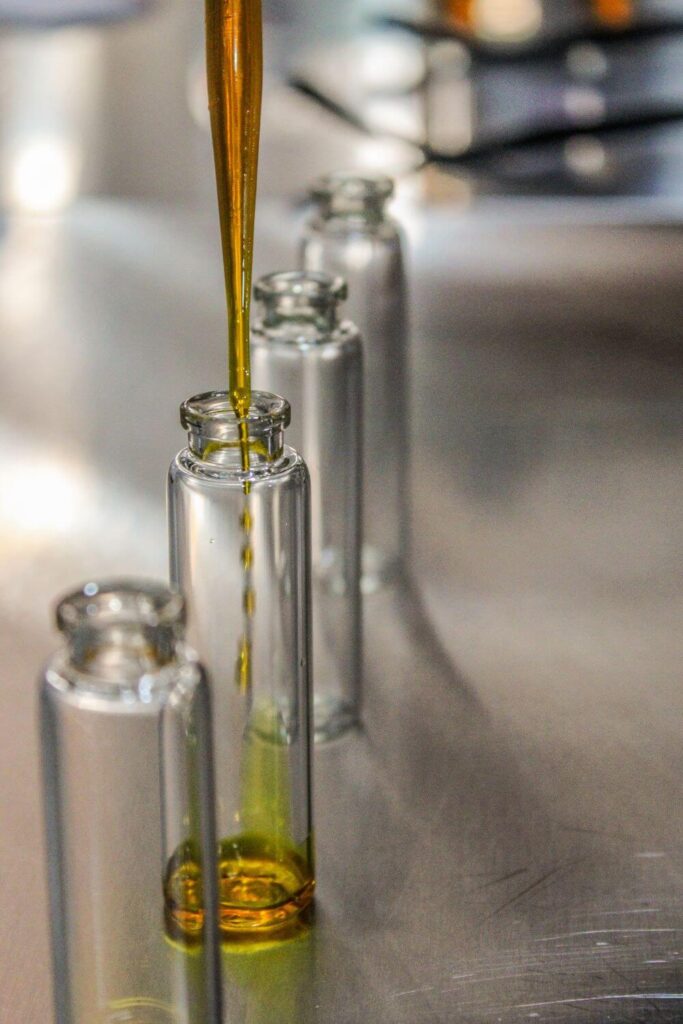
“We harvest the flowers in our fields. We distill the oils in our distillery. And we export right at the Port of Mutsamudu,” said Abdou Ahamadi, President of the Association of Comoros Ylang-ylang, Vanilla, and Clove Cooperatives. “Every month, the coop produces 400 liters of oil. All the oils we produce go to France.” Comoros is the world’s top producer of the essential oil extracted from the flower, a commodity that makes up one-tenth of the archipelago’s total export revenues.
As far as Comorian ylang-ylang is concerned, Chanel says it is trying to get its suppliers to plant their own trees for firewood to meet the needs of essential oil extraction. The French introduced the tree on the island of Reunion in the 1700s, and in the early 1900s its cultivation spread to the nearby islands of Comoros and Madagascar.

